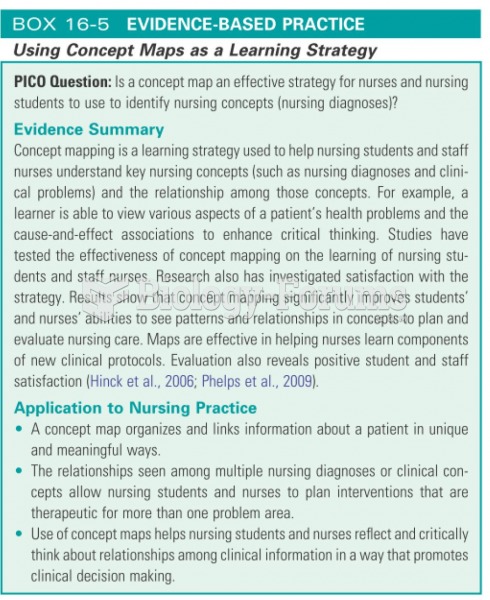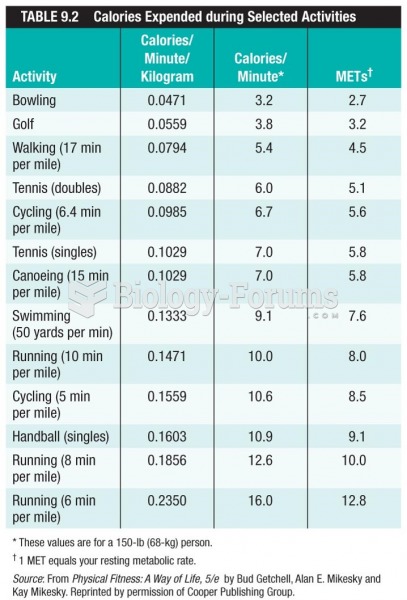Answer to Question 1
B
Cognitive objectives involve the mastery of material along a continuum of complexity. Bloom's taxonomy describes this continuum.
Describing changes in the learner's biases and values describes affective objectives.
Bloom's taxonomy is not used to level material across a curriculum.
Bloom's taxonomy is not used to organize data into the nursing process.
Answer to Question 2
B
Because the patient is from an unfamiliar culture, it is possible that health-related values are interfering with the patient's adaptation of the desired behaviors. In a culture that is fatalistic, the patient may believe he or she does not have the same choices the nurse might have and so cannot make the kind of self-determination decisions required to use a sliding scale for insulin injections. Assessing the patient's health-related beliefs can shed light on this situation.
Asking why questions often puts people on the defensive and may not elicit helpful information.
A simplified regimen, in itself, is not what is important. The physician may need to abandon the idea of a sliding scale for this patient, but changes should not be made to the regimen without first gaining more information and assessing how culture is influencing the patient's actions.
Without understanding the patient's cultural influences, simply having someone else try the teaching will probably not be helpful.







